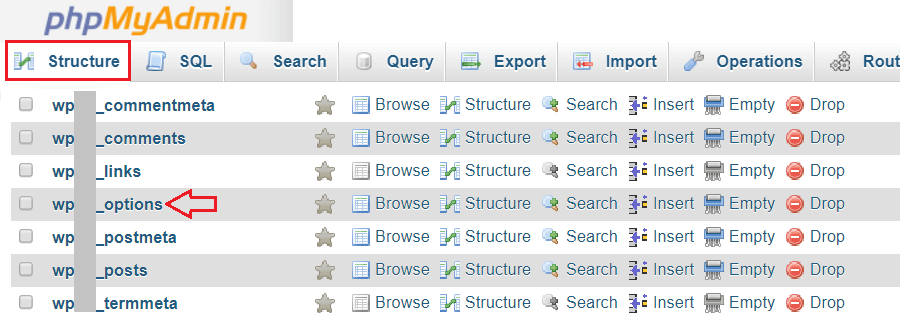How to Fix NET::ERR_CERT_COMMON_NAME_INVALID on Chrome?
ERR_CERT_COMMON_NAME_INVALID
What is Common Name on an SSL Certificate that You See In NET::ERR_CERT_COMMON_NAME_INVALID and What Causes It?
Also, there are two different versions of the domain name, WWW and non-WWW. So, the common name can be seen on both. And, a common name can have a subdomain such as test1.example.com
The common name could be similar to the web address included in the search console and web server. And, the common name mismatch error can occur if the name of the SSL/TLS Certificate fails to match with the web address present in the address or search bar.
Why NET::ERR_CERT_COMMON_NAME_INVALID is Displayed in Google Chrome?
Apart from these causes, another reason for Google Chrome to display NET::ERR_CERT_COMMON_NAME_INVALID error message could be because of a misconfigured redirect.
Ways to Eliminate NET::ERR_CERT_COMMON_NAME_INVALID in Google Chrome
1. Make Sure the SSL/TLS Certificate Installed on a Domain is Correct
The easiest way to find out is by inspecting the installed certificate and comparing it with the information of the domain “issued to” with the certificate installed on the domain. If the certificate is SAN or wildcard, then you must also check the list of SANs on the certificate, as well or check whether the certificate installed under the domain is eligible to cover under a wildcard.
2. Inspect the Redirects and WWW vs. Non-WWW
Also, verify whether you’re forcing the traffic through the WWW or non-WWW version of the domain. It’s important as SSL/TLS Certificates may not cover both the WWW and non-WWW website versions by default. In that case, you’ll need to confirm that your installed certificate includes both the versions of the website by default.
Other Troubleshooting Steps for WordPress and cPanel
Check Whether the Website Address is Set Properly in the WordPress General Settings
Many times, out of curiosity, new users change the site’s protocol to secured HTTPS from an unsecured HTTP without purchasing and installing an SSL/TLS Certificate. Once the change is saved, error NET::ERR_CERT_COMMON_NAME_INVALID, will be displayed by the web-browser. Also, to solve the issue, it’s recommended to revert the site address to the old HTTP URL from the WordPress General Settings until the SSL is installed

In Hosting, Change Information of the URL via phpMyAdmin
Go to the cPanel and click on the ‘phpMyAdmin’ option.



AboutSSL’s Best Stuff
Related Articles:
- How to Fix ERR_SSL_PROTOCOL_ERROR on Google Chrome?
- How to Fix NET::ERR_CERT_AUTHORITY_INVALID Error on Google Chrome?
- How to Fix ERR_CERTIFICATE_TRANSPARENCY_REQUIRED Error in Google Chrome?
- How to Fix NET::ERR_CERT_DATE_INVALID Error in Google Chrome?
- How to Fix the NET:: ERR_CERT_WEAK_SIGNATURE_ALGORITHM in Google Chrome?
- How to Fix ERR_CONNECTION_REFUSED in Google Chrome?
- How to Fix the ERR_SSL_VERSION_OR_CIPHER_MISMATCH Error on Google Chrome?
- How to Fix NET::ERR_CERT_REVOKED Error in Google Chrome?
- How to Fix NET::ERR_SSL_PINNED_KEY_NOT_IN_CERT_CHAIN Error on Google Chrome?